Earlier this month, Renée Zellweger graced us all with the fourth and final (hopefully) instalment of ‘Bridget Jones’ Diary’, a movie franchise based on the book series by Helen Fielding. I personally read the first book, and it was A-M-A-Z-I-N-G. Since Zellweger was cast to play Bridget in the first film adaptation in 2001, the actress has since become the global face that everyone associates with the character. The actress took the role very seriously. She gained 30 pounds to play the role of Bridget in 2001’s ‘Bridget Jones’s Diary’, repeating the process again for the 2004 sequel, ‘Bridget Jones: The Edge of Reason’. But by the time ‘Bridget Jones’ Baby’ came about in 2016, Zellweger had a different take on the matter. She told British Vogue at the time, ‘I put on a few pounds. I also put on some breasts and a baby bump. Bridget is a perfectly normal weight and I’ve never understood why it matters so much. No male actor would get such scrutiny if he did the same thing for a role.’
The first ‘Bridget Jones’ film was a cult classic, but let’s just get one thing clear: Bridget Jones wasn’t fat. She was just a normal size that was scrutinized by society’s standards of what a woman should look like, especially during the time when the movie was made. Richard Curtis, who directed the films, has said that he was “stupid and wrong” to use fat jokes about Bridget. The films were criticized for perpetuating unhealthy diet culture and the idea that thinness is the only ideal. Some say that the portrayal of Bridget’s weight obsession was harmful and internalized by many young women. Alex Light wrote an entire article last year for Grazia titled, ‘Growing Up On Bridget Jones Damaged My Body Confidence.’ The title is very telling in itself. In it, Atkins writes:
‘According to this movie, 9st 7 was not acceptable. At one point, Bridget writes in her diary: ‘9st 4 (terrifying slide into obesity – why? Why?)’. She takes us on a journey of all-consuming weight loss to hit ‘ideal weight’ 8st 7, and when she finally reaches it, she calls it ‘a miracle’. I’d like to point out that 9st 4, never mind 8st 7, is very slim – someone on Twitter calculated that Bridget would have come out on the lower end of normal on the BMI scale (though using BMI measurements is problematic in itself, but I’ll save that for another day).
Now, thankfully, we’re waking up to the idea that thinner does not equal better and thinness is not the best thing that we can achieve. Yet she is portrayed as a jolly, plump character who is destined to a life of documenting every single calorie consumed. It’s something many of us, young, vulnerable adults in the process of learning that we live in a society where thinness is valued above all else, internalised and believed without question, making it our eternal mission to avoid such a fate.
This depiction of Bridget is ludicrous and dangerous in equal measure, and I can’t believe we didn’t see it at the time. I guess we were just too entrenched in diet culture.
But now, thankfully, we’re waking up to the idea that thinner does not equal better and thinness is not the best thing that we can achieve. So let’s tackle why the film’s heavy focus on weight was so problematic.’
If we go by what the year 2001 told us, we’d believe that any woman that’s not a size 0 is deemed unlovable. It could also lead to women who further don’t fit societal norms and expectations of what’s right or wrong in womanhood and what it means to be a woman to question themselves. And because I’m a disabled woman, it just made me realize how problematic the movie series actually was. This leads me to discuss the two leading men of the franchise – Mark Darcy and Daniel Cleaver. We’re going to be excluding Jack in our discussion because, in my eyes, he was never meant to be a long-term partner for Bridget, but rather a fling and a potential biological father to Bridget’s child.
We initially see Bridget being attracted to her boss in a publishing firm, Daniel Clever. He was a good-looking man, and he had his womanizing ways. Nevertheless, he showed genuine care about Bridget. His attraction to her had absolutely nothing to do with her weight or her overall appearance. He didn’t care about any of that. He was attracted to Bridget because she was fun, carefree, and allowed him to be himself without judgment, providing a contrast to the more reserved and socially conscious women he might normally encounter; essentially, she allowed him to loosen up and enjoy a less serious relationship, which aligned with his somewhat playboy personality. Moreover, their attraction to each other had to do with the following:
- No pretence: Bridget is comfortable being herself around Daniel, even when it involves indulging in gossip or less “proper” behavior, which appeals to his desire for a relaxed connection.
- Physical attraction: Daniel was initially drawn to Bridget’s physical appearance, finding her attractive and feminine.
- Escape from responsibility: Daniel might’ve see Bridget as a way to escape the pressures of his professional life and the expectations of a serious relationship
Daniel ended up cheating on Bridget with a woman that was much thinner and much prettier than her – according to societal norms of womanhood at the time. Rightfully so, Bridget broke it off with him thereafter and never looked back. What was appealing about the scene where Bridget discovered Daniel cheating, the other woman said to him, almost in disgust, ‘I thought you said she was thin?’ And just as she was gaining confidence in herself while in a relationship with Daniel, she lost it all again in a matter of seconds.
Men like Daniel don’t ever change. They’re set in their ways. They have sexual desires that need to be fulfilled, which makes one partner not enough. That never changed the fact that Daniel genuinely liked Bridget for exactly the woman she was, which is by far than what could ever be said about Mark Darcy. Some would say that Mark Darcy was attracted to Bridget because, despite her perceived flaws and self-doubt, she possesses a genuine warmth, wit, and independent spirit that challenged his reserved nature, ultimately revealing a depth of character that he found captivating, even though she may not fit the typical image of a woman he would be interested in. Moreover, some would say that he liked her for:
- Her authenticity: Unlike the socialites he usually encountered, Bridget was honest about her flaws and insecurities, which Mark found refreshing and genuine.
- Her sense of humor: Despite her self-deprecating tendencies, Bridget had a quick wit and a humorous perspective on life, which Mark found endearing.
- Her strong values: Although sometimes clumsy, Bridget always had a strong moral compass and stands up for what she believed in, which resonated with Mark’s own values.
- The challenge: Her seemingly “ordinary” life and personality presented a challenge to his reserved demeanor, sparking his interest in getting to know her better.
But did he?
Did he actually really like her? I’m here to contradict this notion about the man who told Bridget that famous line, ‘I like you, just the way you are.’ He also said to her, ‘I don’t think you’re an idiot at all. I mean, there are elements of the ridiculous about you. Your mother’s pretty interesting. And you really are an appallingly bad public speaker. And, um, you tend to let whatever’s in your head come out of your mouth without much consideration of the consequences. I realize when I met you at the Turkey Curry Buffet that I was unforgivably rude and wearing a reindeer jumper that my mother had given me the day before. But the thing is, um… what I’m trying to say, very inarticulately, is that, um, in fact… perhaps despite appearances, I like you. Very much.’
Bridget Jones is a wonderful woman. She’s a catch. Heck, if she was a real person, I’d want to date her, and I’d actually like her -just as she is. She’s not perfect by any means, but she’s still warm, witty, and passionate. She embraces her chaotic energy and doesn’t let the patriarchy make her feel that her body is not enough. What I love about Bridget is that she is a reminder to young girls and women like me that not needing to change yourself is important in a society that pressures us to be perfect. She’s a heroine for women who can relate to her scrappy breed of chaos.
We first met Bridget at 32 years old in the late ’90s – a time when being an unmarried, childless woman was more taboo. Since then, we have revisited Bridget’s stories in her 40s, and again in her 50s. Bridget is now suddenly single again. This time, it’s not by choice. Mark Darcy, the love of her life, died four years prior and left her to be a single widowed mother of 2 young children. And yet, she doesn’t shy away from rediscovering her true self again. She embraces the idea of being happy. Then again, it was a promise she made to her dad just before he died – not to just survive, but to live.
Soon after, Bridget meets Roxster, a 28 year old college student. Though scared sh*tless to move forward and start dating in the modern world as a 50+ year old widowed single mother of 2, she goes on a date with him. The date turns into a one-night-stand, which turns into an entire beautiful, fun-filled summer romance. Things take a turn, though, when at a party to celebrate her colleague’s birthday, Roxster swiftly says to her, ‘I wish I had a Time Machine.’ It was at that moment that Bridget realized that the relationship ran its course. He was looking forward to being in a long-term, committed relationship and have kids one day – something she couldn’t give to him even if she tried. Nevertheless, they spend the night together. The morning after, Bridget sees him gone. He ghosts her for a time until he suddenly shows up at her work. He apologizes and explains himself. He freaked out and got cold feet. But he knows now that he loves her, and he wants to build a life with her and her children. It was then that she officially breaks up with him. There was nothing dramatic about the break up, which I appreciated so much. Bridget just realized he wasn’t the one for her, and took a stand on her own life and what she wanted for it.
Bridget simultaneously gets to know as Mr. Scott Wallaker, her kids’ school teacher, during the school year. He’s developed feelings for her, but doesn’t act on them because he knows that she’s in a relationship with someone else. When he finds out that she’s no longer taken, he still doesn’t act on his feelings as it seems as though he’s afraid of rejection. After he helps her son face his grief and pay tribute to his father at the school assembly, she thanks Scott for helping her family heal, and invites him to join them with her urban family afterwards. Arriving to see the rowdy group, he tries to slip away, but Bridget catches him outside. Confessing he feels drawn to her, Bridget kisses Scott before he can leave.
A year later, Bridget is having a big New Years Celebration with everyone in her life – Scott, her kids, her mother, her longtime friends we saw supporting her in the previous 3 films, and even Daniel and his son. We find out that the two remained friends. He even considers Bridget to be the most important person in his life, and has helped her raise her kids in Mark’s absence. Historically, Daniel had known Mark since their college years, but weren’t friends. Mark was actually envious of Daniel as he slept with his ex-wife, which made seeing Daniel in a relationship with Bridget when they were in their 30s that much more difficult for him. This leads me to go back in time to when we first met Bridget in 2001.
Throughout the first movie, it was always implied that Mark Darcy was the one for Bridget Jones, and not Daniel Cleaver. Though Bridget and Daniel had a fun, witty relationship where she could truly be herself for even a moment, it was true that he wasn’t the right partner for her in the long-run. He’d always be set in his ways, and would never be faithful to her because he’d always want something more. The latest movie proved that. He was still the womanizer that he’d always been. Bridget was strong enough in her 30s to realize that and not settle for someone like him. With that said, that said, she settled for Mark Darcy. And yes, I absolutely did use the correct word – settled.
The coupling between Bridget Jones and Mark Darcy is considered to be one of the most iconic ones of the fictional couplings in the twenty-first century. But I don’t think he actually really loved her. I also think she never truly loved him. Instead, I think Mark was always in a competition with Daniel following him sleeping with his wife, and I think Bridget was so self-conscious about her weight, as well as what society expected of women in their 30s at the time, that she didn’t believe she could do any better than Mark. So when Mark confessed his feelings for her in the first movie, which I doubt were even truthful to begin with, she took it as an opportunity for herself; like one would in a business opportunity.
Bridget and Mark first met each other as kids as their parents were friends. In their adulthood years, their parents tried to set them up as they thought they’d be a good couple. While Bridget at least initially tried to go along with her mother’s plan, Mark never hid the fact that he didn’t like Bridget. He always acted like she was somehow beneath him; as though he was disgusted by her and embarrassed by her. It was supposed to be a from-enemies-to-lovers type of love story. But were we actually meant to believe that this was a love story? I thought we were better than this.
Bridget was a always such a beautiful woman. If not on the outside, then certainly on the inside. She didn’t see herself as perfect, but we, the viewers, saw her for her imperfections and loved her for them. Mark, however, never did. Society wasn’t so kind to Bridget. Settling down, getting married, and having children wasn’t viewed as a choice for her, but as a forceful traditional destination. Everywhere she went, she’d be reminded by others that she was fat, that she was old, that her clock was ticking, and she needed to hurry up and find herself a man that could impregnate her. She felt pressured by others around her, especially after her relationship with Daniel ended, to do what was expected of her as a woman to do; and to do it fast.
Bridget wasn’t just ordinary woman. She was extraordinary, and the only people who truly saw how wonderful she was were her friends. Daniel, because he couldn’t let go of his sexual desires and the need for more than what he already had, left Bridget for someone younger than her and thinner than her, making Bridget feel unworthy of herself. As soon as Mark found out the two were no longer together, he saw it as an opportunity to win Bridget over as a way to win the long-standing competition he was in with Daniel. In hindsight, Mark was only interested in Bridget when he saw that someone else was interested in her. Getting her to love him and choose him was somehow a game that he so desperately needed to win. Bridget didn’t love herself enough to see that about him. Just to show how vastly different Mark and Daniel’s relationships with Bridget were, as well as how vastly different they thought of her and treated her, we’ll have to distinguish the fact that Mark laughed AT Bridget before they became a couple, whereas Daniel laughed WITH Bridget when they were…a couple?
Nevertheless, Bridget always overlooked that particular aspect of Mark Darcy. She was more than willing to play his game because she felt she needed to win too, and her getting Mark Darcy to choose her as his partner was a way for her to win the game she unwillingly played against society. Bridget and Mark do get their happily-ever-after in the first movie, with Bridget making a grand gesture by running to look for him in a cold December weather practically naked when he abruptly stormed out of her apartment after reading a segment about him written in her diary. As it turned out, he left to buy her a new diary. And then they kissed…
The second movie in the franchise showcased further indications that Bridget and Mark just weren’t right for each other. Bridget was still as insecure about herself as she was in the first movie, and Mark wasn’t a good partner to her. He didn’t wasn’t attentive to her, and his work seemed to always be more important to him than his commitment to her. All she wanted out of Mark was for him to propose to her so she could finally be a wife and a mother – just as society told her to. She didn’t seem to want to build a life with Mark because she loved him, but rather because she was on a timeline. Bridget eventually got what she was looking for out of Mark, but they broke up regardless. The third movie saw them separated for years, with Mark marrying Camilla, his initial girlfriend-turned-fiancée in the first movie. She was the woman who fit his societal expectations. They only reconnected after Bridget told him there was a chance he was the father of her baby as they have a one-night-stand years after they separated, and officially got married after it was confirmed that he was, in fact, the father of her baby.
It seemed as though Bridget finally got her happy ending when she and Mark got married and lived as a family with their son. And yet again, she saw her world shatter when Mark was killed while on a mission. The fourth movie was a love story not between two people, but rather a l story of Bridget getting to love herself first and foremost before she got to love someone else. And that’s what I loved about the fourth instalment of the ‘Bridget Jones’ movie franchise. Finally, it wasn’t a love triangle or a cliche romance movie with your typical, predictable ending. Finally, we see Bridget not defining her self-worth on man’s love. The man she dates for a while and the man she ends up with are just the icing on the cake. It shows that no matter the age, you can still come-of-age -even if it’s after the age of 40. Finally, we didn’t see Bridget chasing a man who probably didn’t really want her to begin with; or not for the right reasons, at least. Instead, we saw Bridget reinventing herself for her own good and on her own terms. ‘Mad About The Boy’ was Bridget’s story of rediscovering herself without needing the approval of a man – a refreshing take on the character’s growth.
In many ways, Bridget’s entire relationship with Mark Darcy was very similar to Carrie Bradshaw’s relationship with Mr. Big. There were numerous similarities between the two couples. For one, Bridget wanted Mark for the reason that she was self-conscious on how worthy she was of love, just like Carrie was. Bridget kept coming back to Mark became a cycle that lasted for decades, just like Carrie continued coming back to Mr. Big. Mark only wanted Bridget when he couldn’t have her and when he saw other men wanting to be with her – just like Mr. Big kept wanting Carrie for himself. Bridget married into wealth and upper class when she married Mark Darcy, just like Carrie did when she married Mr. Big. And just like Bridget’s love story with Mark Darcy ended in tragedy when she was in her 50s, so did Carrie’s love story with Mr. Big.
Bridget and Carrie are very the different people who have practically the same personal lives and even professions. And yet, I’ve had such different sets of options on them both. Carrie was just annoying. She never took responsibility for her actions, and always blamed others for her problems. She was entitled, and felt like others owed her. She was secretly jealous of her friends, and time and time again, she showed that she treats s them like sh*t, and doesn’t deserve them one bit. She’s the antagonist of her own story. When we saw Carrie in her 50s, we understood that absolutely some things, at least changed about her. In her 50s, Carrie is portrayed as still fiercely fashionable and confident, but with a more mature outlook on life, embracing her age while maintaining her signature style, with slightly less skin-baring outfits and a focus on comfort alongside fashion, as seen in the reboot series ‘And Just Like That’, where she navigates the challenges of aging and widowhood in New York City while still being a powerful, independent woman. Moreover, the key changes in Carrie as a woman in her 50’s include:
- More practical fashion choices: While still stylish, Carrie’s outfits tend to be less revealing and more comfortable, incorporating classic pieces with a focus on quality over trendiness.
- Greater self-awareness: As she ages, Carrie seems to have a more grounded perspective on life, reflecting on her past relationships and experiences with a wiser lens.
- Focus on female friendships: Her bond with her friends, Miranda and Charlotte, becomes even more important as they navigate the challenges of middle age together.
- Embracing her age: Carrie is depicted as comfortable in her own skin, not shying away from the reality of aging, but still maintaining her signature confidence.
Bridget was different. Carrie never admitted to her flaws and insecurities. She just always put the blame on all her problems on others around her. Bridget always knew what her flaws were. Bridget was quirky, fun, and lovable. Her flaws were part of her charm. But she didn’t see how great she was; mostly because she was self-conscious and insecure due to societal pressures. Her insecurities were the reason why her relationship with Mark Darcy was so on-and-off for years, and let’s face it, if we she really saw what a truly remarkable woman she was, she probably would’ve never got together with him in the first place. Mr. Big was Carrie’s drug. She was addicted to him; or the idea of him, more like. Carrie was also mostly unbearable.
When news first broke that there would be another Bridget Jones movie coming out, all I could think to myself was…WHY?! But then, as I watched the movie myself, I realized just how necessary it was for Bridget’s story to be told – without Mark in the picture. The previous 3 movies saw Bridget try so hard to live up to societal standards, as well as for the approval and love of Mark Darcy. Finally, we got to see Bridget living for herself and seeing her worth – without Mark. And that was the real beauty of ‘Bridget Jones: Mad About Boy’ – a woman’s life doesn’t end after 50. That was why it NEEDED to be made. And maybe, just maybe, that was the whole point of ‘And Just Like That’s being made, as well as to show Carrie’s character shift; that life’s circumstances can really change a person’s entire character – even at 50.
Our Most Popular Posts
Sign up to our newsletter if you want to see more content from The Graceful Boon! By signing up to our newsletter, you'll get an even more in-depth content from yours truly, Stacie Kiselman, who's our Graceful Boon, that you won't want to miss out on.

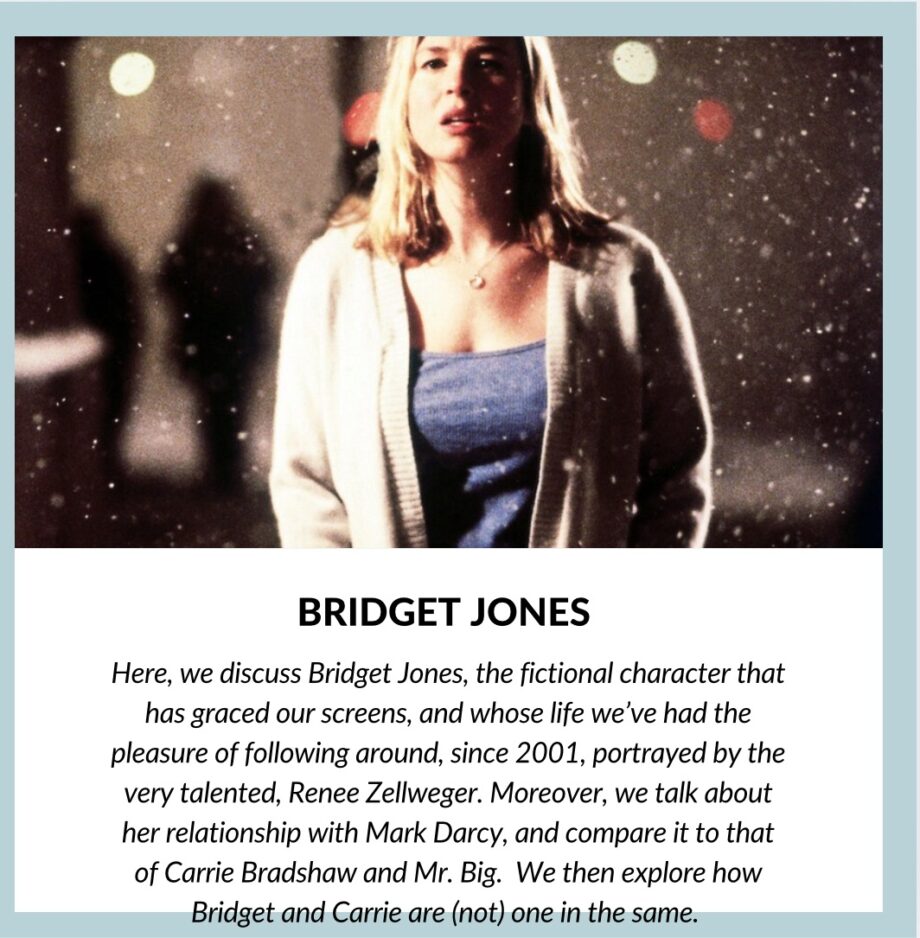


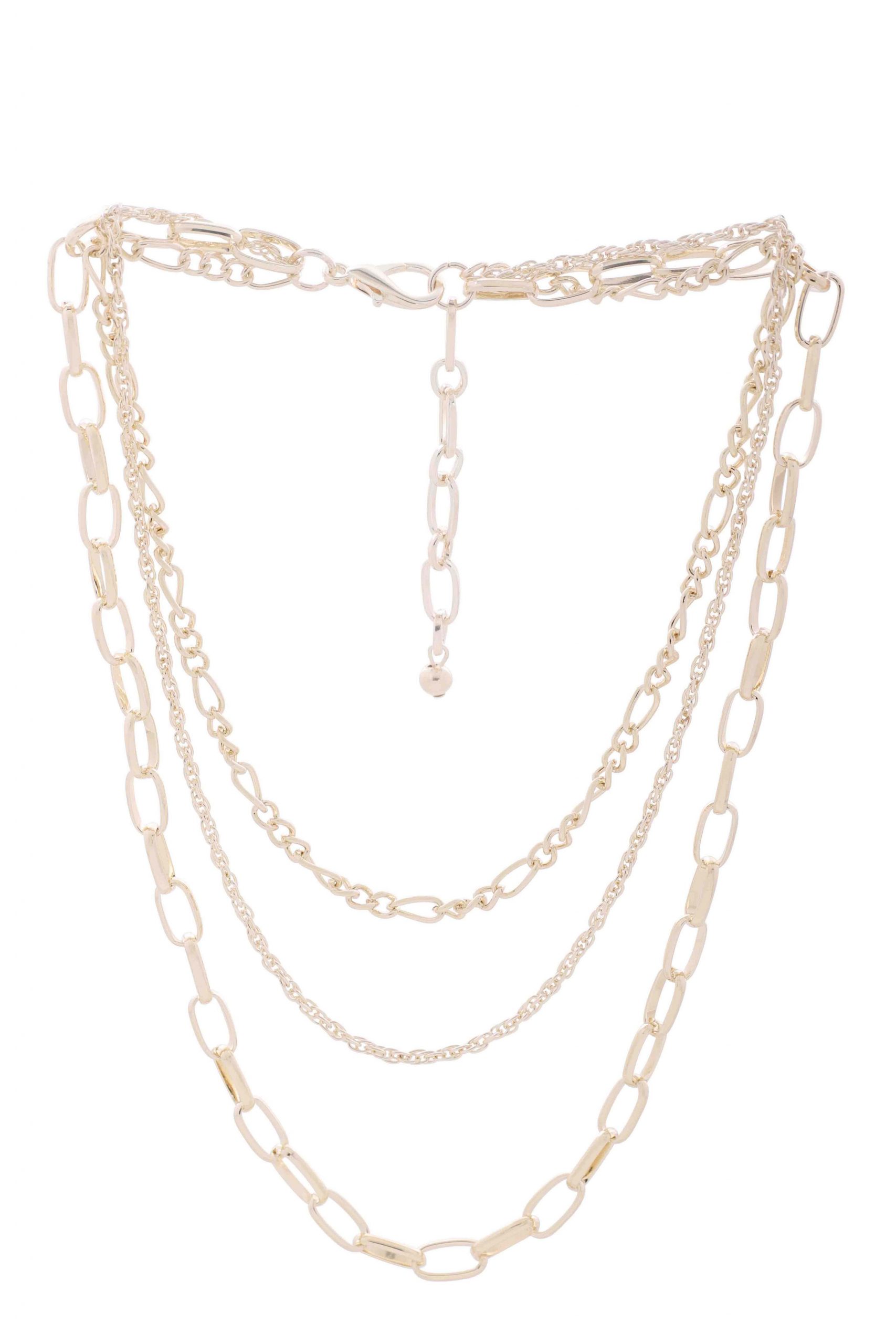

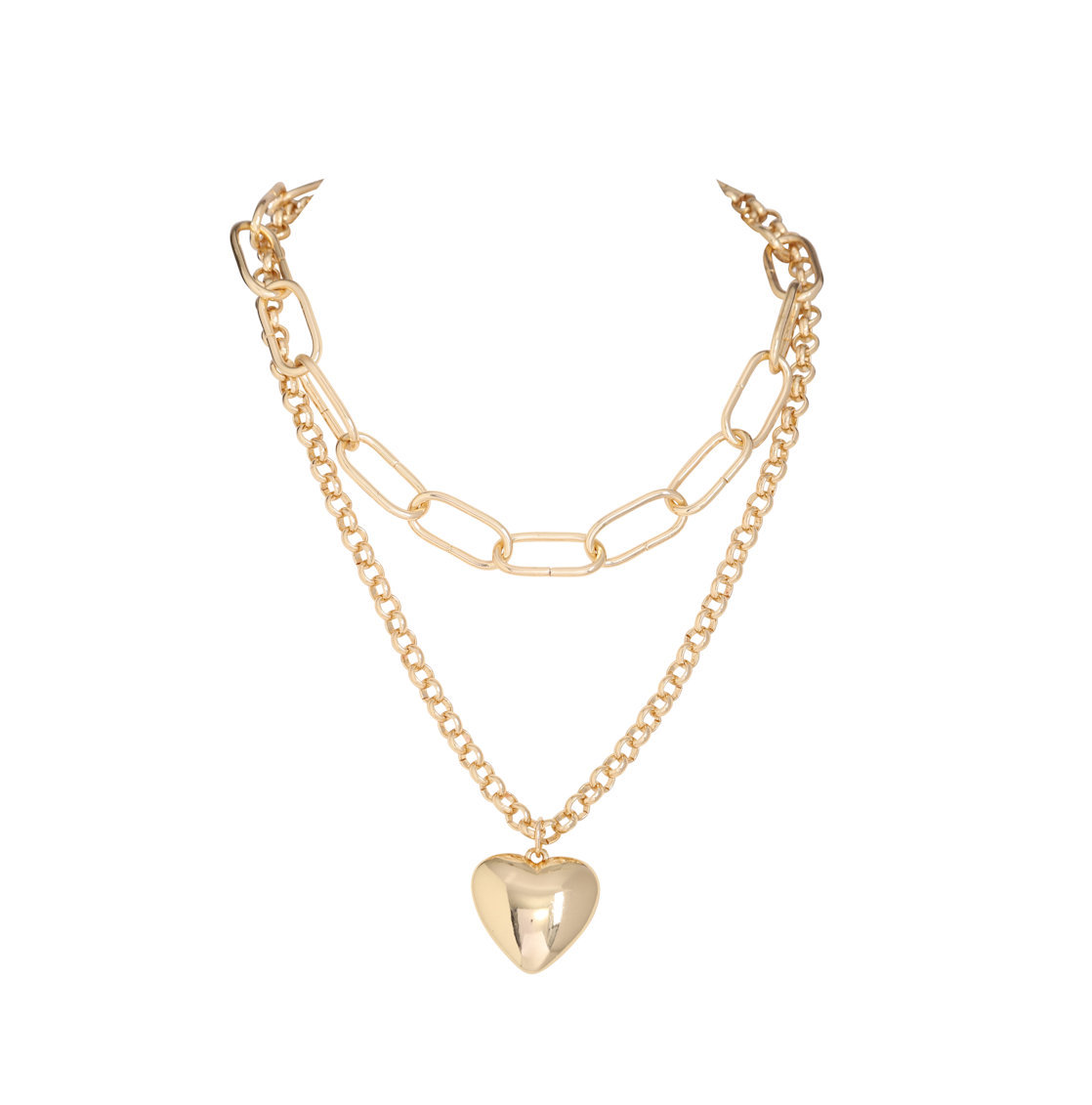
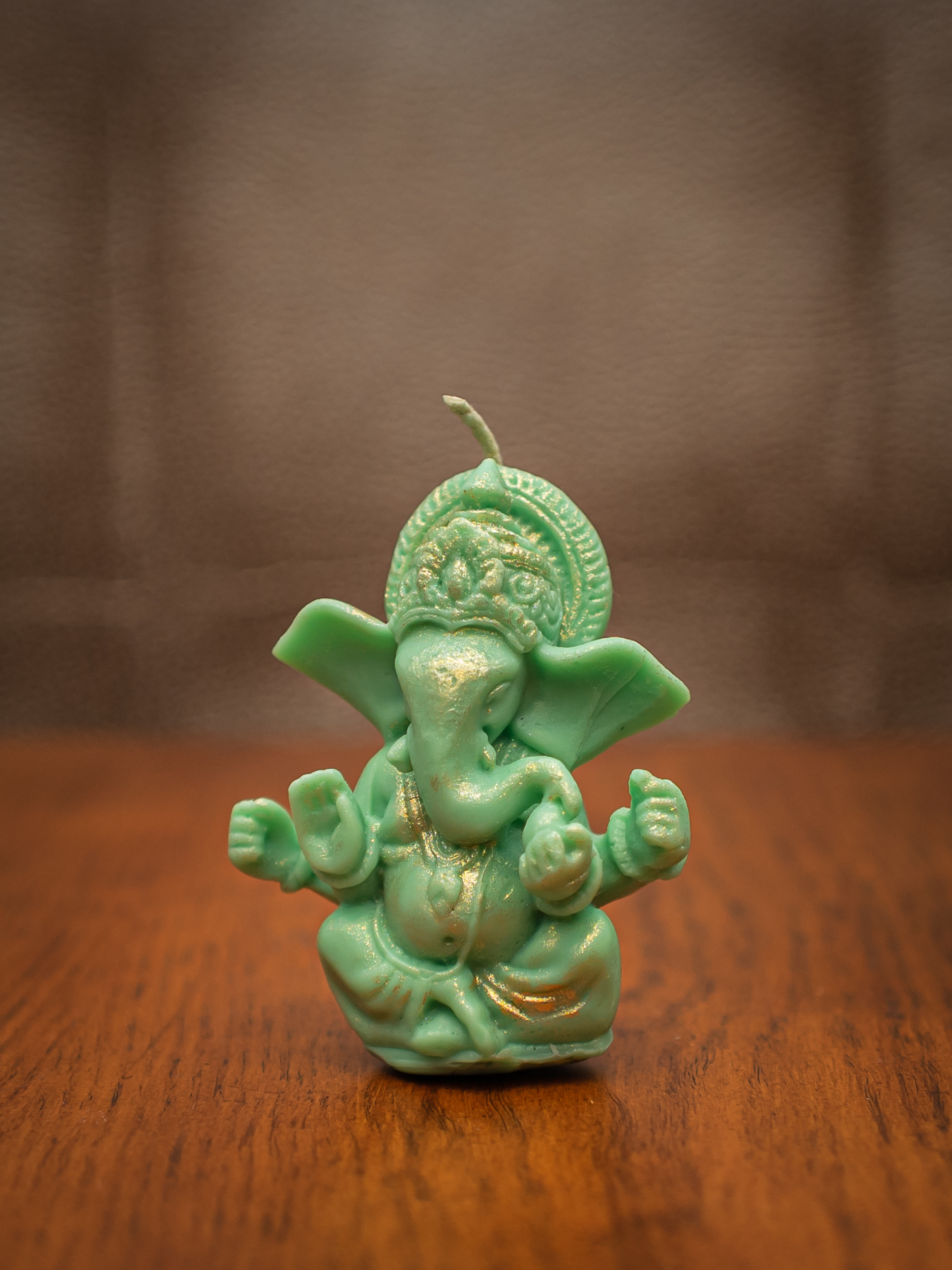
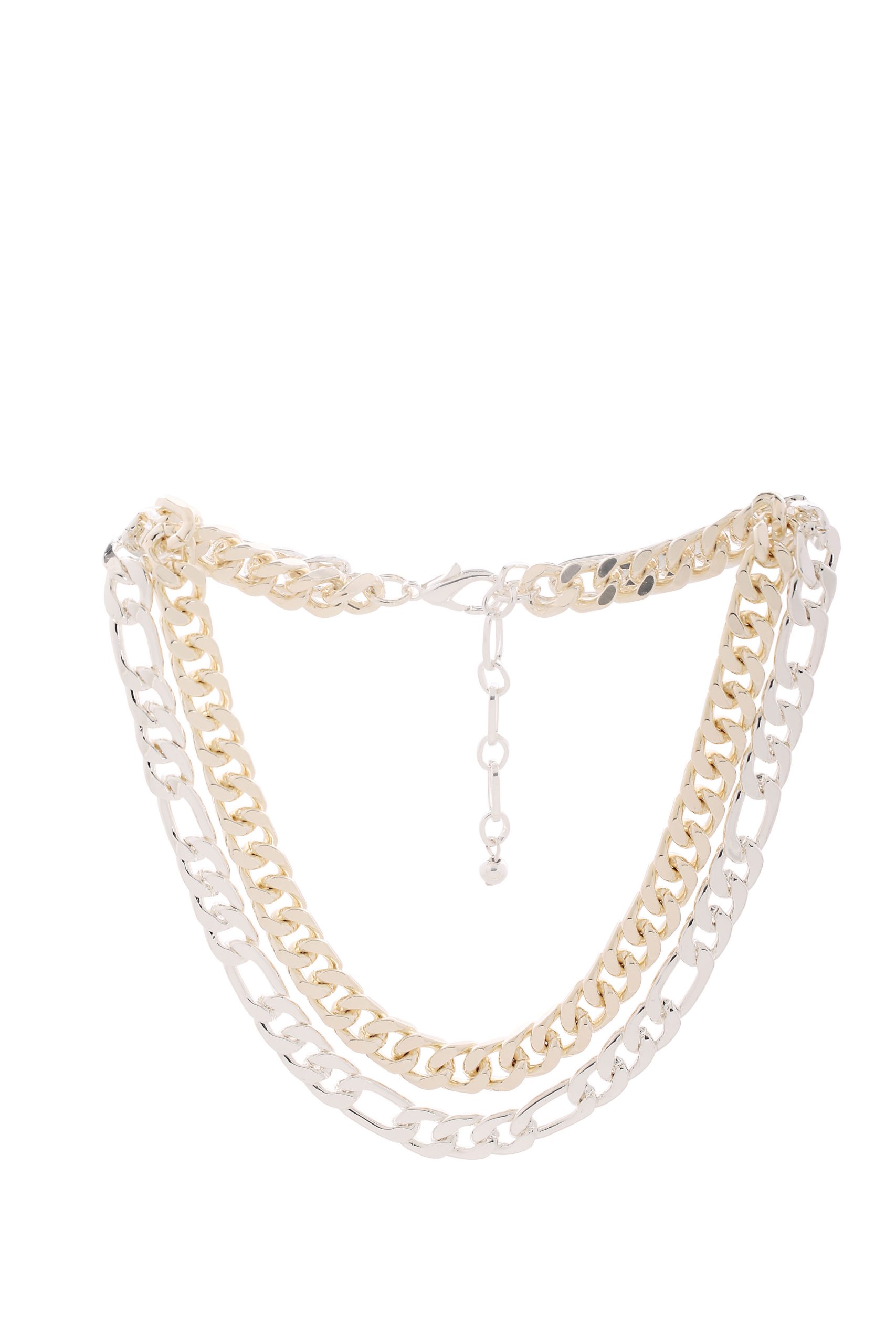
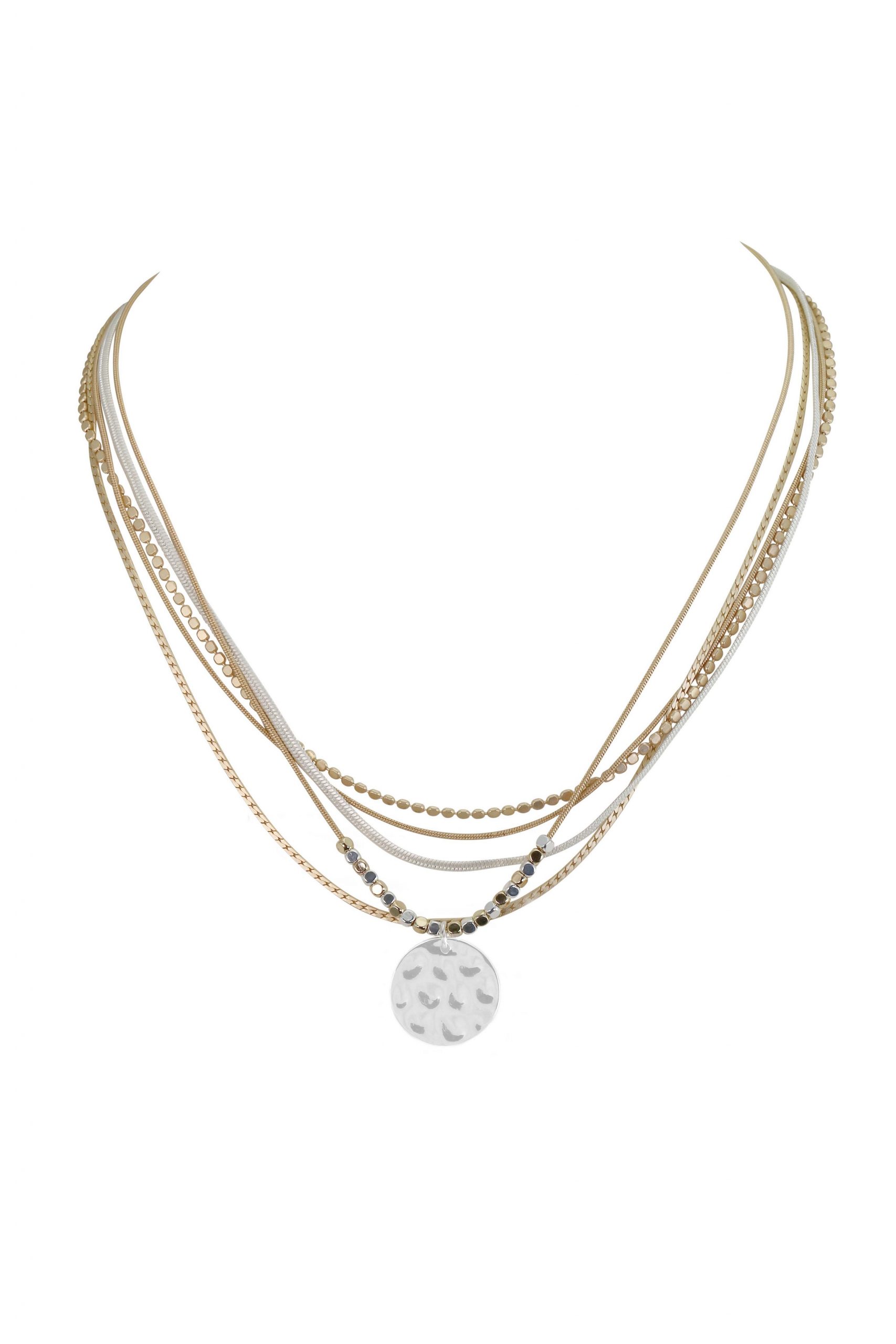

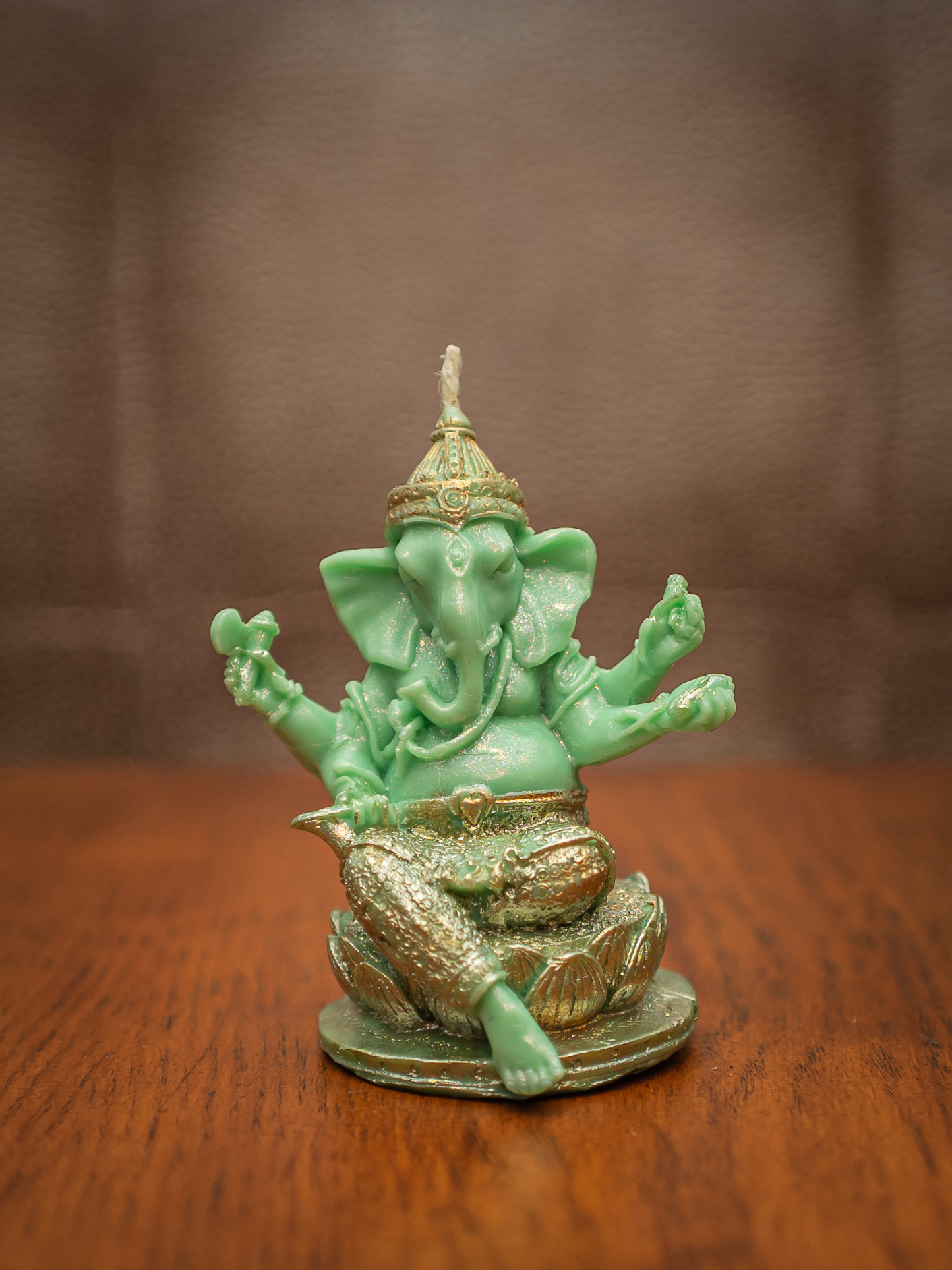
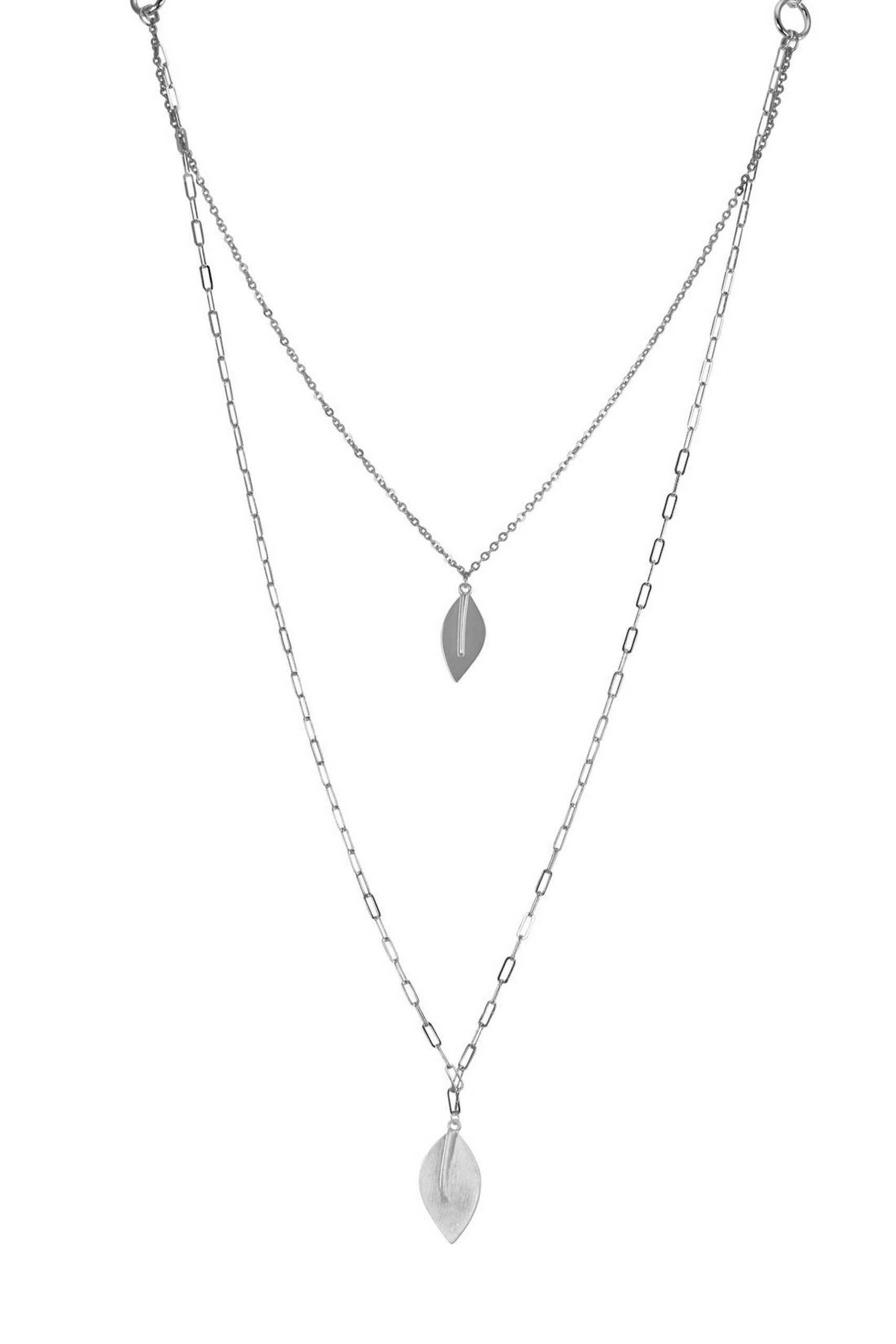
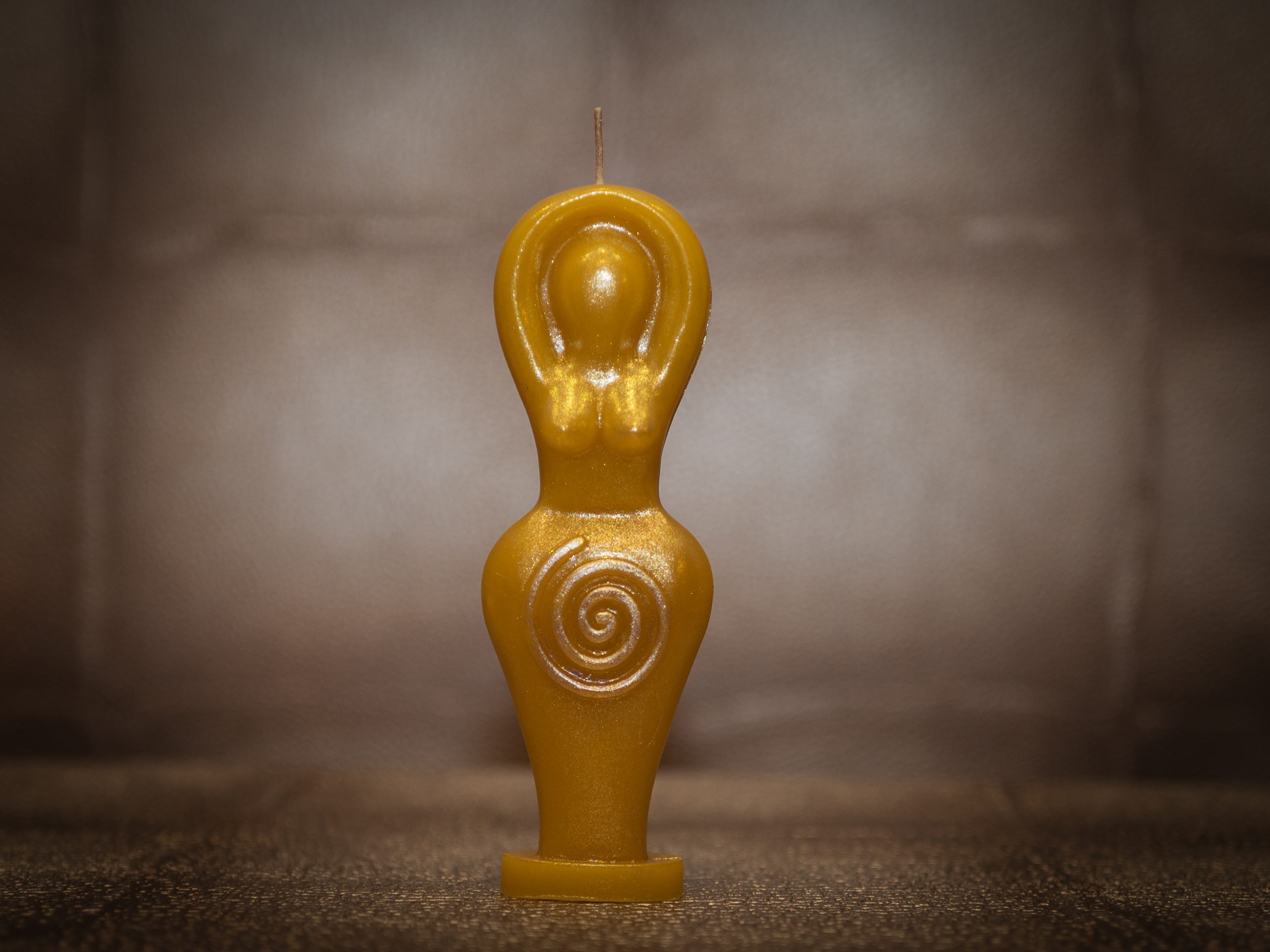
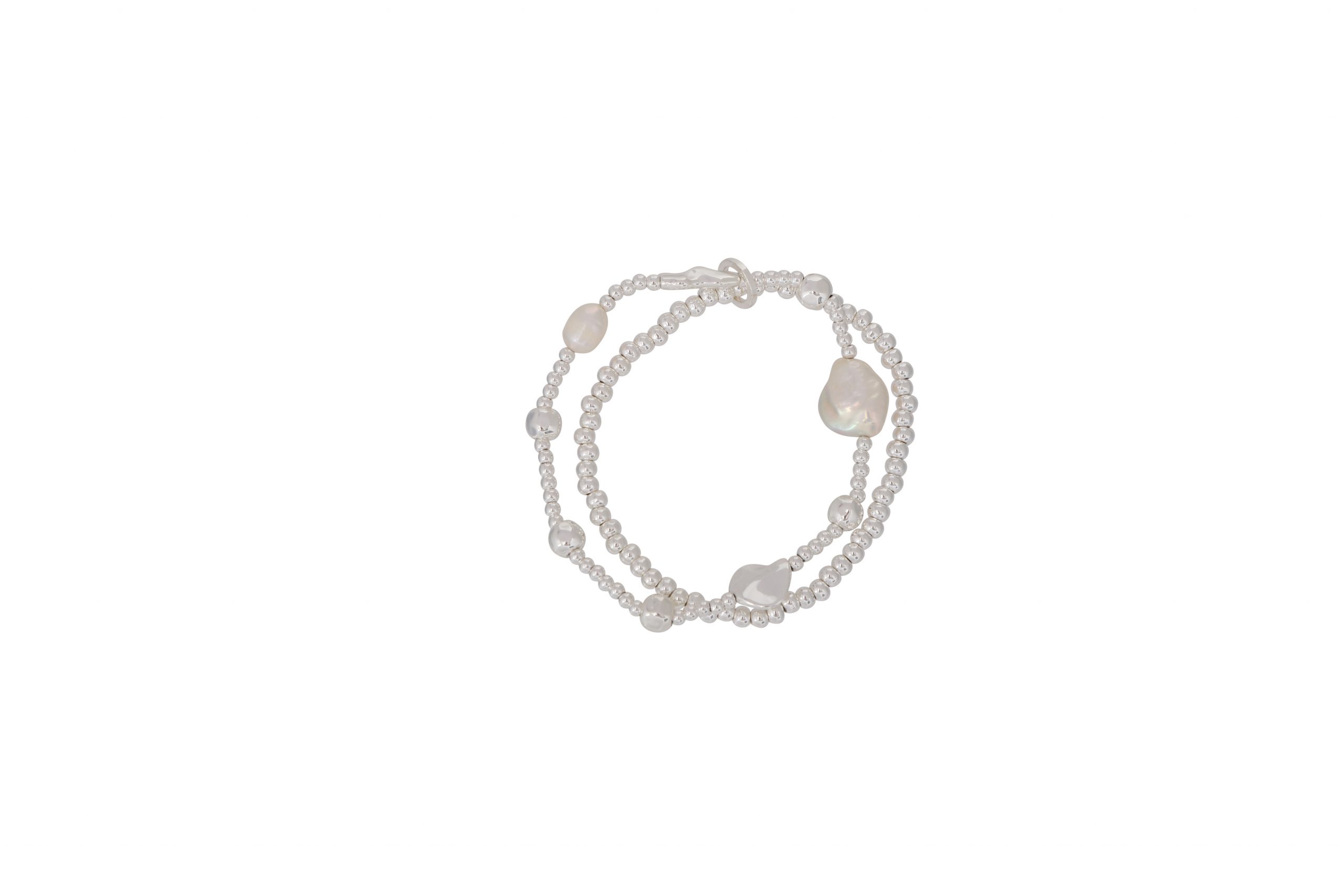
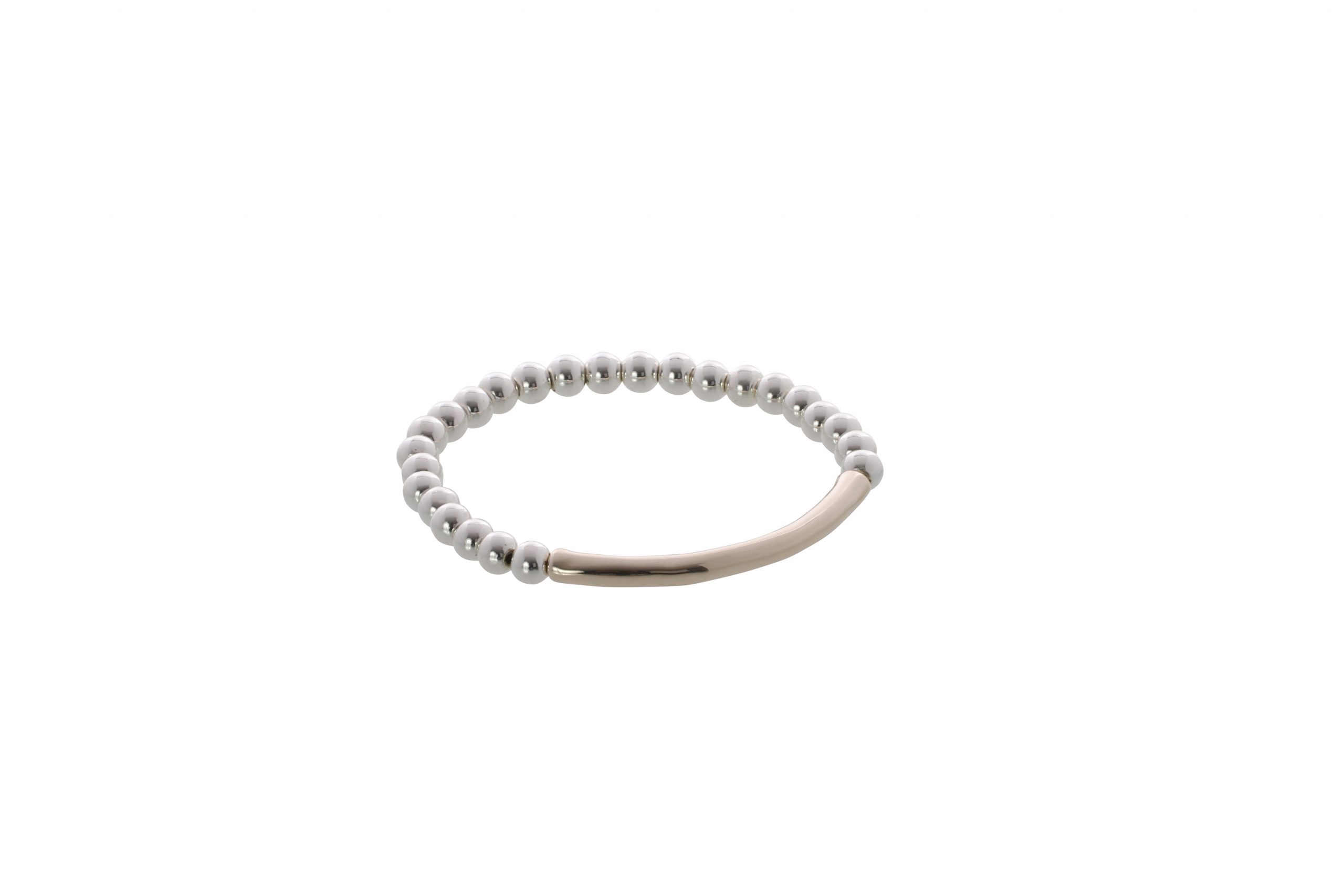
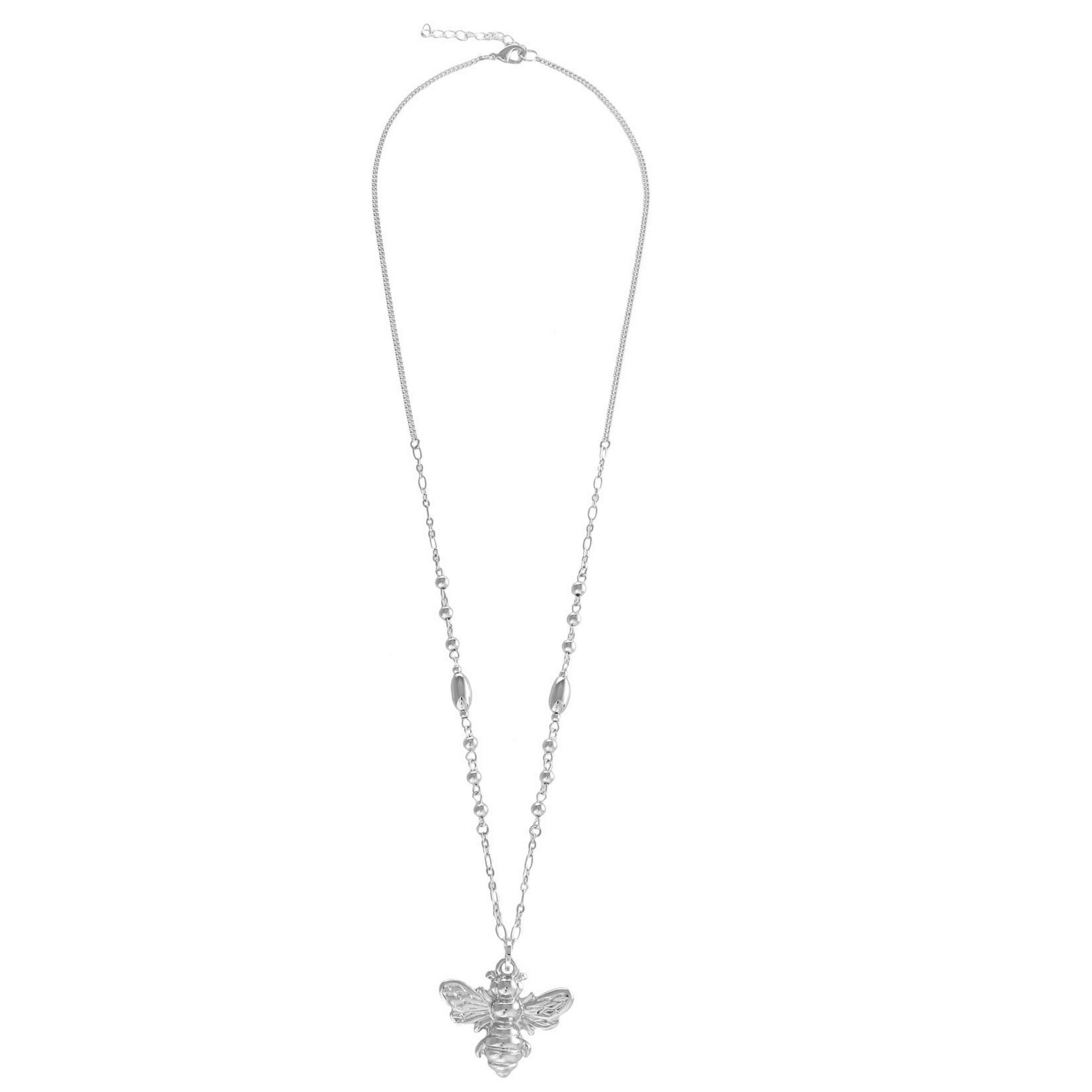

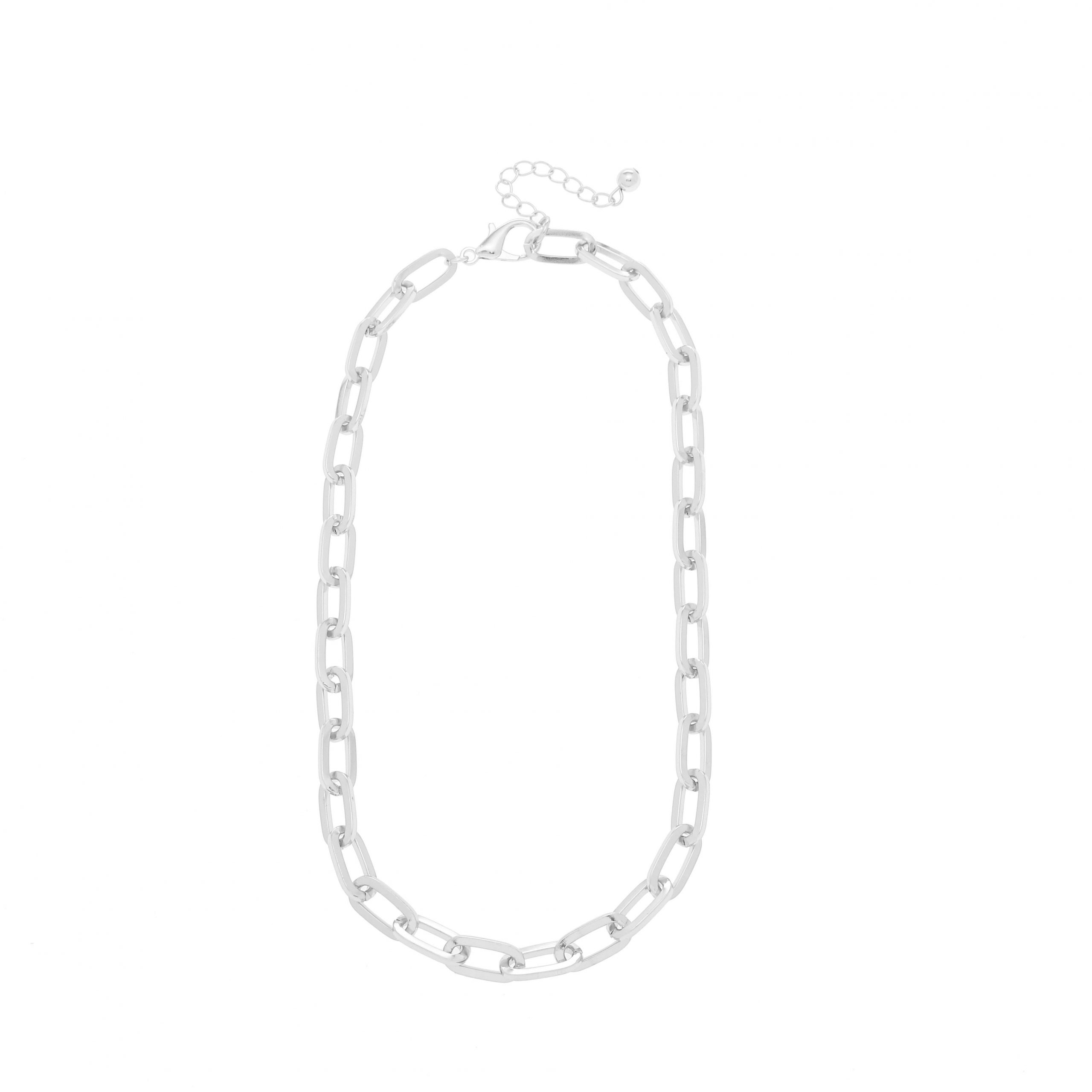


I loved the first movie, but each one after that seemed to go just a little bit more downhill. I also hope this is the final one.
That’s an interesting comparison. Both couples had their ups and downs, but Bridget and Mark always felt a bit more grounded.
Reading this makes me more interested with her. I will check more about her for sure!
I’ve never seen Sex and the city so can’t compare to Carrie and Mr Big, but having seen the latest Bridget Jones the love story with Bridget and Mark is so beautiful. They had their ups and downs, but they always felt like they were meant to be x
I haven’t seen the love story with Bridget and Mark but now I’m dying to. And I’ve got to get that book as well. I’m out of touch with a lot of shows right now.
I have seen the 3 other movies and really want to see the 4th one. I love Bridget Jones it is such a heart-warming story line and I love the relationship they have – this is a good comparison.
Wow, I’m shocked to hear that the director made fat jokes. That certainly isn’t acceptable in this day and age. I wasn’t sure whether to see the 4th movie but you’ve made a good argument there.
I’ve watched episodes of Sex and the City but I’ve never watched Bridget Jones. I did hear about the new movie. I may have to check it out.
As much as I have heard about this movie over many years, I have yet to see it. I guess this is my sign to go ahead and watch them! I found your comparison interesting though, thanks for sharing!
I love what you said about one of the things that attracted him to her…Her strong values. This is true and often discarded…Wonderful deep dive, love it.